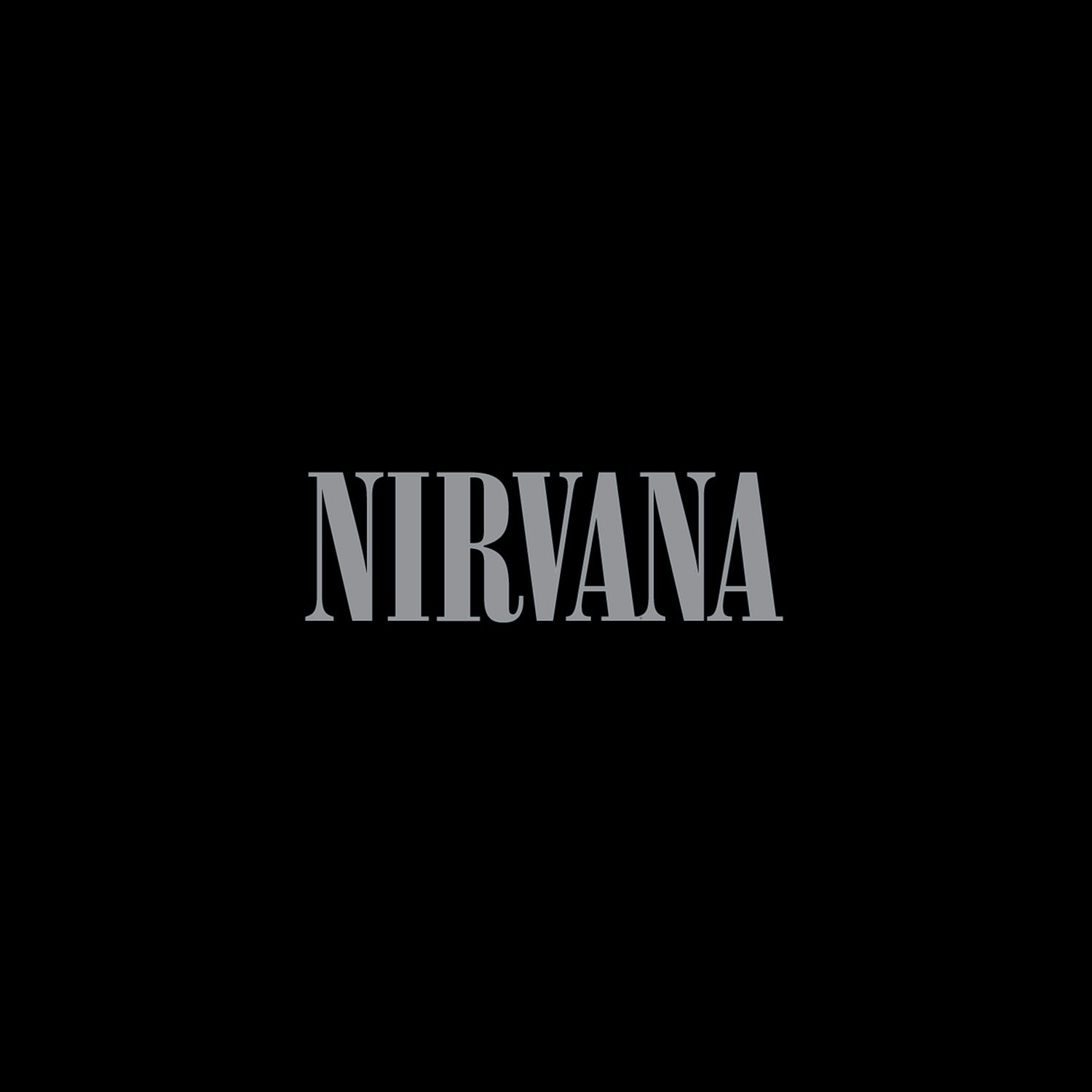Using Adobe Premiere Pro to edit the footage we had filmed on Canon DV camera and occasionally using a tripod for scenes that needed much more work, like the narrative scene which in order to look even slightly effective, would have to be still and professional.
We decided against the use of a HD camera, as the Adobe couldn't handle the frame rate and struggled to even render properly. Even without the HD, the camera preformed remarkably, and at certain times you could only tell the slightest of differences. For the live performances we didn't use the Tripod, as the scenes were needed were a lot more flexible, and were hard to retrieve from a fixed point.
Mentioning using Adobe Premiere Pro on the actual music video to edit our footage and to tweak the sound and to add the effects we wished to use on the footage. This program gave the best results when editing the video because it is a flawless and easy way to produce a video that had similar quality to what we were looking for. There were different timelines in the program to enable us to change certain elements of the footage, like an audio for the soundtrack and other places to post footage to sync.
Using Adobe Photoshop to edit the Poster and digipack was a useful way to create detailed and good examples of our chosen genre. Whilst it isn't the most up to date version, it still gives the results we require in order to make a obvious difference in the quality of work. This gave us great effects to work with, and helped us in all our promotional packaging.
Finally what technologies we used fro research was mainly the internet as it is a useful tool for searching up information you probably wouldn't be able to find in books or magazines. The search engine I mainly used was Google, as it is much more efficient in finding exactly what you need, unlike Bing which tends to give you nothing more than one search that relates to the topic.
Also the other site we mainly used was YouTube, which is a very handy site to find old music videos or research, especially in the music department, for current trends, interviews and other information in the video form. Any of the public has access to thousands of music videos that we can thankfully take advantage of with our research.






















